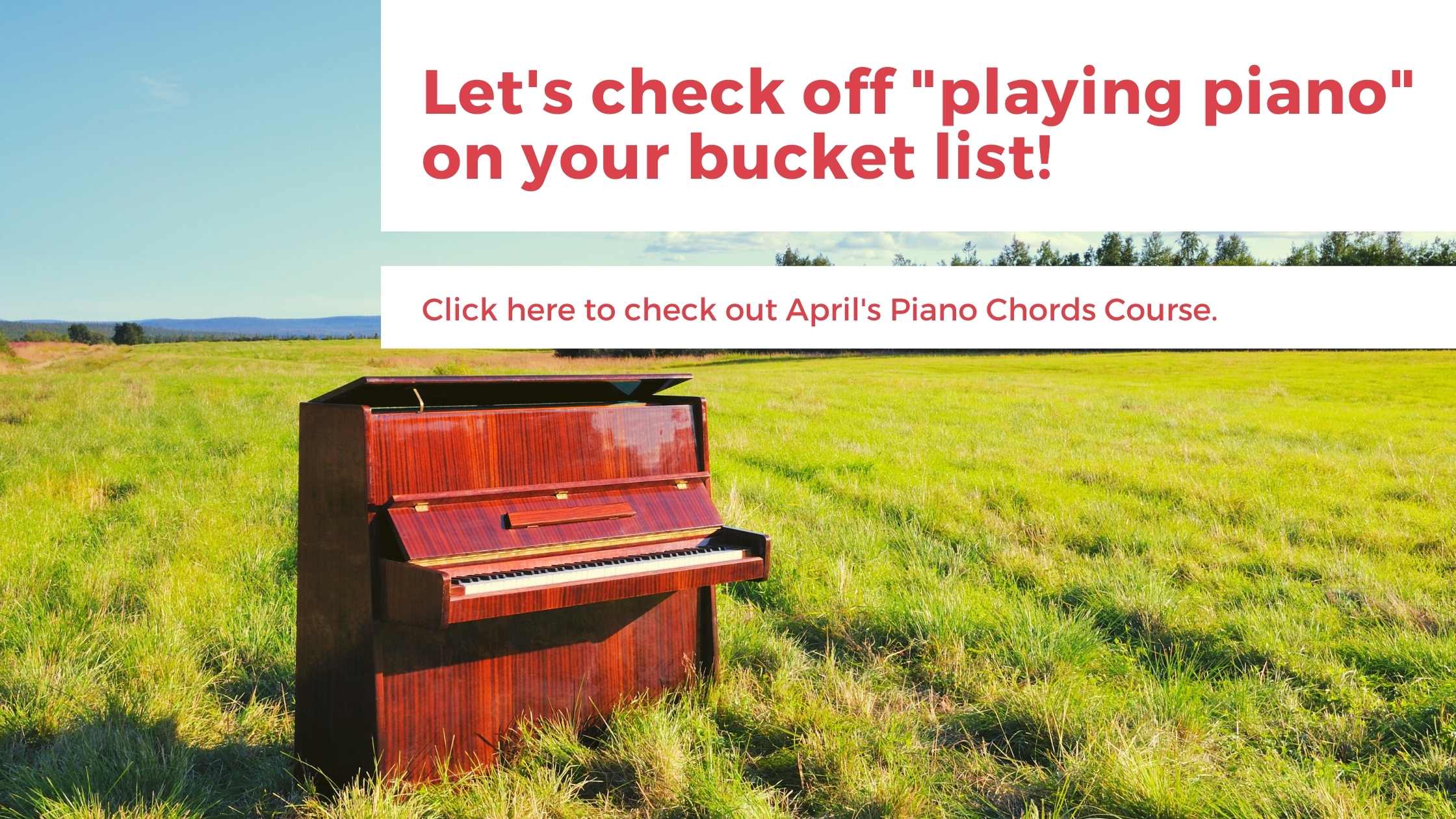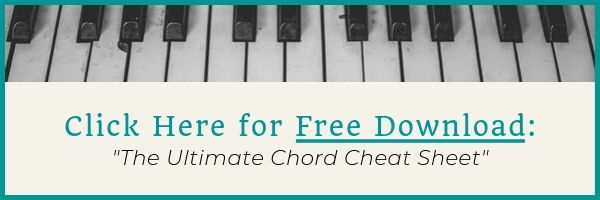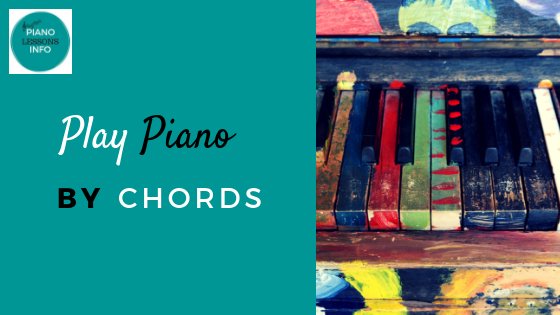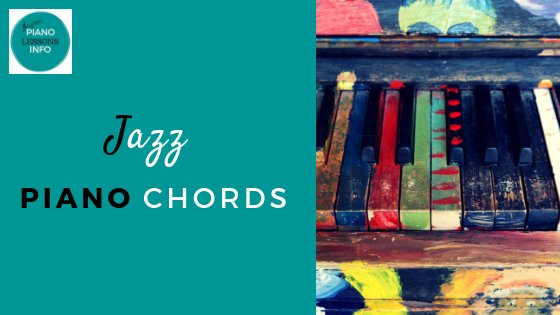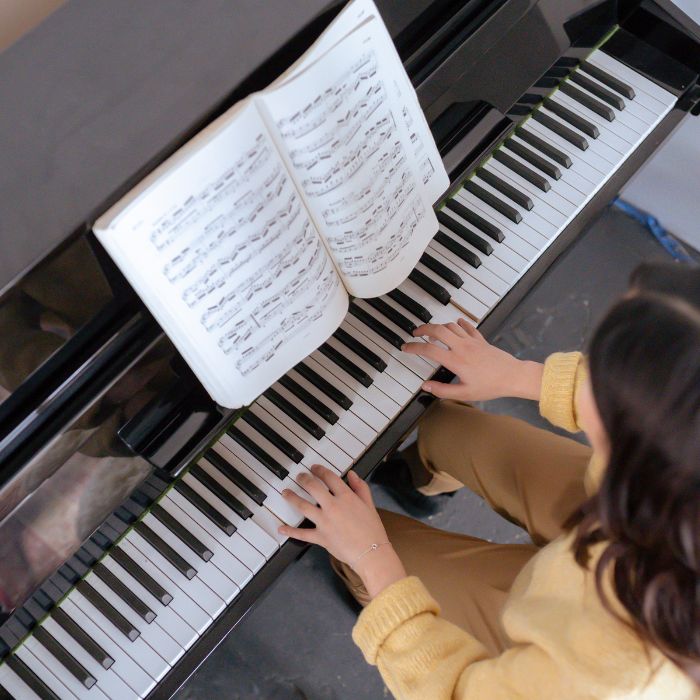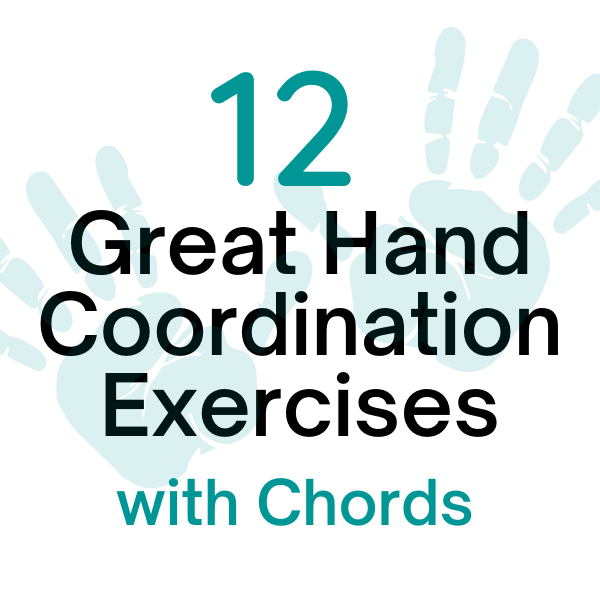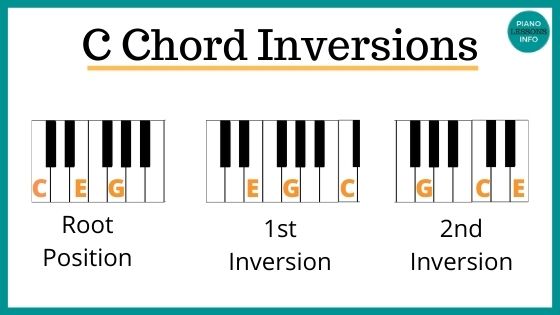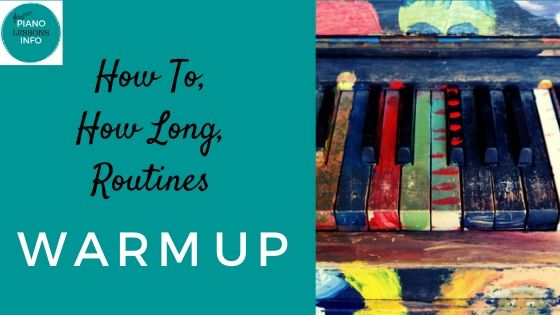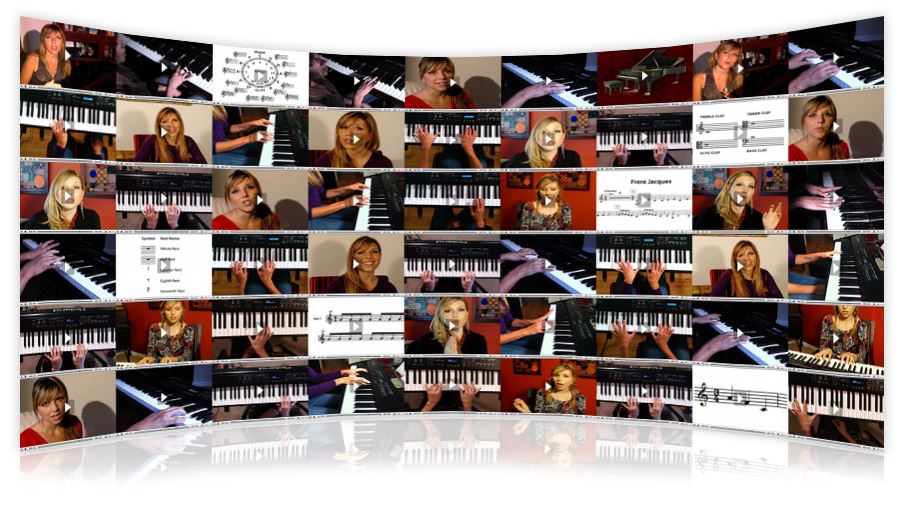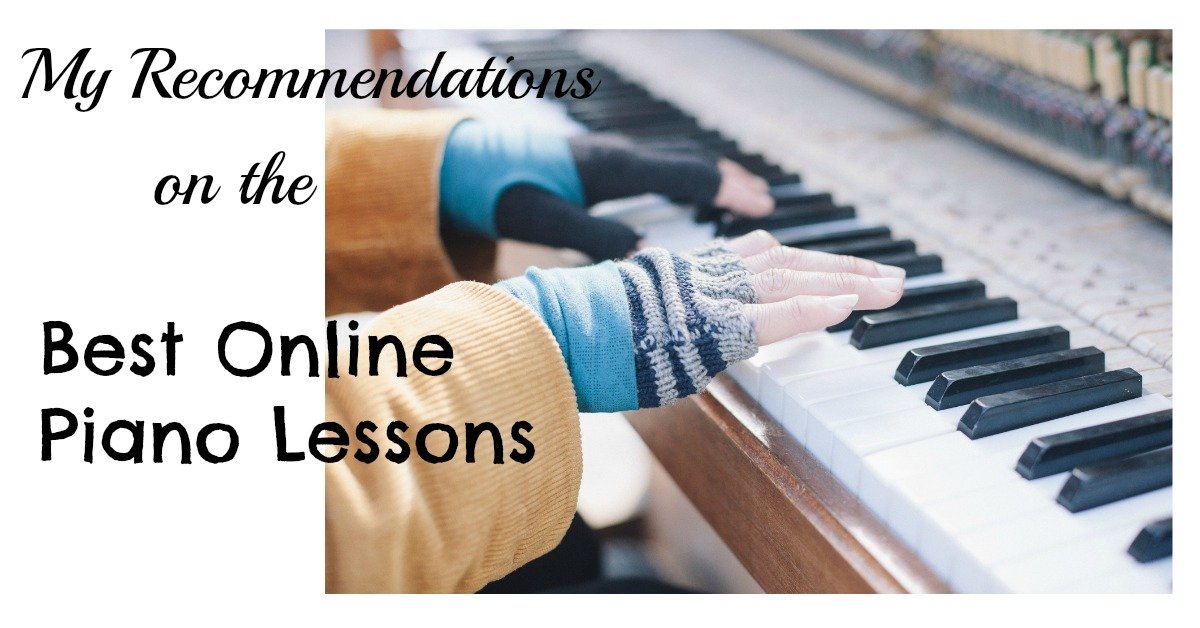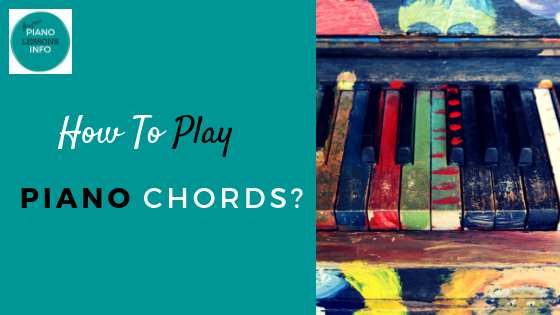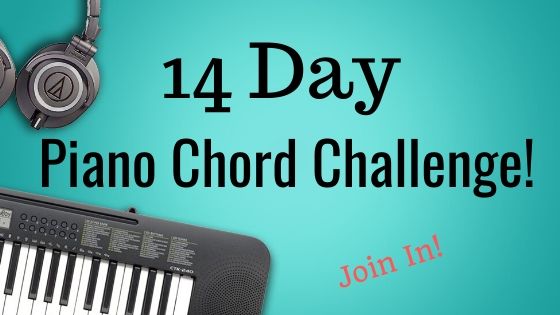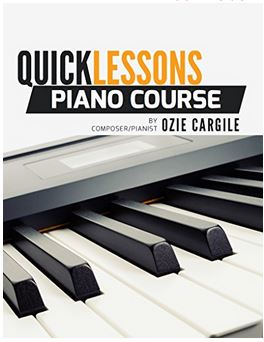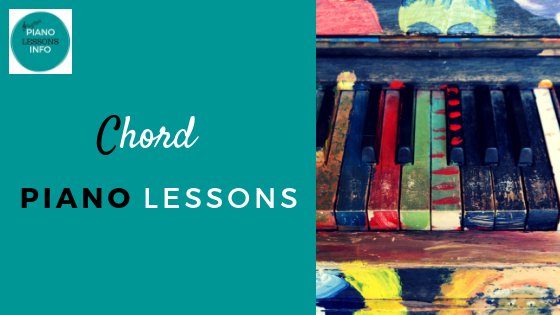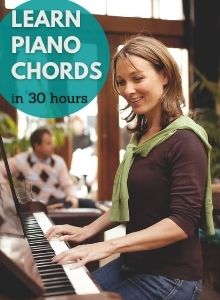Playing Piano By Ear How To
Playing piano by ear is an excellent skill to have. I'm sure you've seen people who can do it well. They can sit down and play anything they hear.
Some people have a talent for playing by ear but it is also a skill that can be learned. I have found that the more you practice it the better you get.
Here we'll go over:
- how to start playing piano by ear
- the role of chords
- how to figure out chords by ear
- playing melody by ear
What Is Playing By Ear Exactly
Playing piano by ear can mean a few different things. It can mean:
1. Playing what you hear exactly as is without any music.
2. Playing a song you hear by the chords in it so that you can play something similar or play it for others so they can sing along.
Playing piano by ear gives you some freedom and flexibility. You can change a key or song on the spot. You don't need to go and look up music. You can add to the music you're playing. And you can just play a song you want to play.
What the First Thing You Need to Be Able To Do?
The very first thing you need to be able to do is match a note you hear with a note on the piano. Just one note.
If you can hum a note and then play that exact note, you'll be able to play by ear.
But it's not only playing the note, it's also playing the rhythm.
Can you replicate a rhythm you hear? Try tapping the rhythm of Happy Birthday. If you can do both of these things, we're good to move on.
(If not, stop and work on playing a specific note you hear. This can take practice and a few tries before you get it. Especially on the piano where there is a lot to choose from!)
The Role of Piano Chords in Playing By Ear
Being able to play some piano chords - especially major and minor chords - make playing piano by ear much much easier. This is because you've got a structure to work with - you'll be able to figure out the harmonies.
If you haven't learned chords, I would recommend doing that before you start playing piano by ear. Chords make it much easier to play by ear. (And my number one way to learn piano without sheet music.)
Chords provide us with the foundation for the music and the harmonies we'll play. Basically, we'll want to be able to play more than one note and we can with chords. They'll also help us to know which key we're in (very helpful) and can even guide us toward what some of the melody notes may be. Because chances are, those notes are part of the chord.
How To Figure Out Piano Chords By Ear
If you can find a note you hear on the piano, you can start to figure out piano chords by ear.
The Process of Figuring Out Chords By Ear
There are a few things we're going to want to know or find out in order to play piano chords by ear.
1. Can I find a note from the chord on the piano?
This will give you something to work with to work out the other notes. The best note to find is the root note of the chord. This is usually the lowest note played.
2. What type of chord could it be?
If you can start to work on hearing the differences between the different chords and hear the type of chord, this will help you to know what type of chord it is. (I have lots of exercises for this in the Playing Piano Chords By Ear course inside of the Piano Chords Club.)
3. Can I hear when chords change?
Listen for the low notes or an overall change in harmony. This will help you to know when you need to figure out the next chord.
4. Can I hear the lowest notes of the chord?
The lowest notes give you the best clues as to the chord name. It's probably the root note of the chord. For example, if the bass note is C, it could be a C major chord, a C minor chord and so on. We've got a great clue.
Playing A Melody By Ear
Playing a melody line by ear is much simpler because it is only one note.
The first step to figuring out a melody is to be completely familiar with it and be able to hum it.
Then, find the starting note.
What I like to do next is figure out a few notes of the melody and also try to work out the key. (More on key signatures here.) If you know which black notes you need to play, it'll be easier to figure out the melody and chords.
Basically, what you do at this point is work out the melody by trial and error. Play a little, see if it sounds right, if so, continue on.
Don't try and work out a really long string of melody all at once. Do quite small sections that you'll be able to remember or easily play again. And then move on.
Step By Step With A Song
This is the process I would recommend for improving your ear and playing songs by ear.
- Pick an easy / simple song to work on.
- Listen to it a few times and be really familiar. Can you hear the chord changes? Can you hear the lowest notes (bass line)? Can you hum the melody?
- Listen specifically to the bass line of the song and try to play it.
- With the bass line, start working out the chords, one by one.
- Start figuring out the melody. Most of the melody notes will be a part of the chord in that area.
- See if you can play some melody with the chords.
- Then continue on!
Now It's Time For Ear Training
Ear training is a way to practice hearing and then playing things on the piano. It's a skill to learn - the same as reading music.
Ear training can involve a number of different area and you can take these and learn them also.
Areas to ear train in:
Intervals: these are the spaces between 2 notes and are called by particular names (like 4th or perfect 4th, 2nd or major 2nd). This helps you learn to play a melody by ear.
Chords: learn whether chords are major, minor, 7th, etc. Learning to hear different types of chords is a really important part of ear training for anything who plays chords.
Scales: you can also learn different types of scales, hear these different scales and use this to figure out keys.
Why Playing Piano Chords By Ear Is So Helpful
Playing piano by ear is a skill that you can learn and master. (It's not just for those super talented people). And it's helpful!
If you can play chords by ear you can:
- play any song you want when you want
- play a great intro into a song
- play for a singer who suddenly requests a song be played
- change the key on the spur of the moment
- be able to sit down and play anything
- create or write a song easily
- add pretty melodies to your chords by ear
- not be tied down to your music every time you play piano
There are just so many benefits to playing by ear.
What you really need to develop this is the process, practice (trial and error time) and listening exercises.
Introducing the Playing Piano By Ear for Piano Chords Course
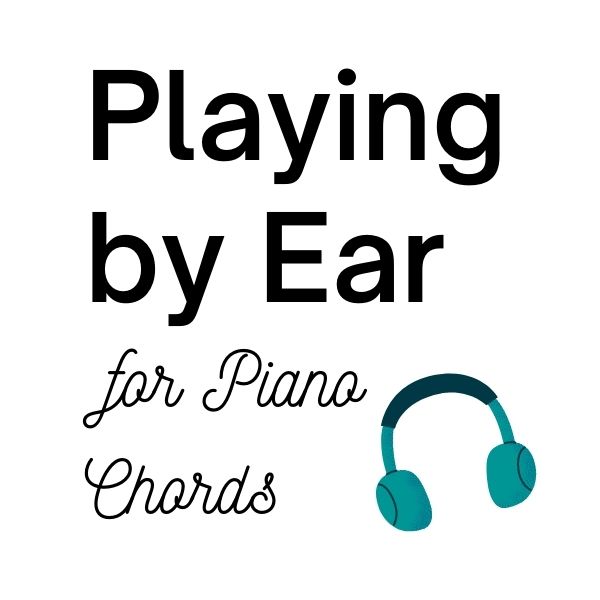
If you've struggled with learning piano by ear, or learning chords by ear, I created the Playing By Ear for Piano Chords for you.
It not only will take you through the process of what you need to know, you also have lots and lots of exercises to practice and listen to.
What you get in real-world piano lessons as opposed to online is your piano teacher adding in a bit of ear training as part of your lessons. The piano teacher plays something, you say what it is and get feedback.
So this course was designed to help improve your ear and you'll have access to these types of ear training exercises.
You can access it in the Piano Chords Club along with lots of other mini courses.
-->> Click here to join the Piano Chords Club and access Playing By Ear for Piano Chords. <<--
Free Download:
Ultimate Chord Cheat Sheet

Subscribe below and get free access to the (printable) Ultimate Chord Cheat Sheet.
Recent Articles
-
Piano Notes Chart
Nov 20, 23 10:21 PM
Find a piano notes chart for treble clef and bass clef notes as well as the different types of notes. -
D Chord on Piano + Diagram, How To & Theory
Oct 24, 23 12:20 AM
Learn how to play the D chord on piano with diagram, fingering, D/A, D/F# and a theory explainer. -
Diminished Piano Chords: Chart & How to Make Them
Oct 09, 23 09:23 PM
Learn the different diminished piano chords and how to make them. Here you'll find both a diminished chord chart and an explanation.
- Home
- Play By Ear
Free Download:
Ultimate Chord Cheat Sheet

Subscribe below and get free access to the (printable) Ultimate Chord Cheat Sheet.

